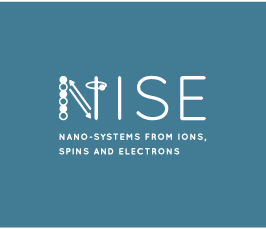High Resolution RHEED applied to the growth of epitaxial oxide layers
Seminar
- Datum: 21.09.2017
- Uhrzeit: 10:30
- Vortragende(r): Dr. Wolfgang Braun
- Max Planck Institute for Solid State Research, Stuttgart
- Ort: Max-Planck-Institut für Mikrostrukturphysik, Weinberg 2, 06120 Halle (Saale)
- Raum: Lecture Hall Building B

Reflection High-Energy Electron Diffraction (RHEED) has established itself as the dominant in-situ
characterization tool for the growth of epitaxial layers at moderate and low pressures.
This is mainly due to its technological simplicity (an electron beam generated by an emitter impinges
on the substrate at low angle, the resulting diffraction pattern is made visible by a
phosphorous screen at the opposite side).
In addition, RHEED has a very high surface sensitivity due to its strong interaction with the
topmost layer(s) of the crystal, and does not interfere with growth equipment as it does not occupy
the solid angle in front of the substrate. In my presentation, I will give an introduction to the
method, with an emphasis on its practical application in crystal growth. I will then discuss advanced measurement
and analysis modes that significantly increase the analytical resolution, such as azimuthal scans
combining RHEED with substrate rotation, or new real-time fitting algorithms for growth rate determination.
These are particularly useful to determine integer layer coverages of grown layers,
enabling the precise manufacturing of thin epitaxial oxide layers with flat interfaces.